More than 16,000 pounds of ground beef products shipped to Walmart stores may be carrying E.coli, the FSIS has warned.


Tesla is prioritizing the development of Full Self-Driving technology and robo taxis, focusing on AI hardware and real-world AI solutions to generate cash for future investments and potential partnerships with Chinese EV makers Questions to inspire discussion What is Tesla prioritizing in their development? —Tesla is p.

Solar activity entered the growth phase a week earlier than forecast.
На Солнце около половины шестого утра по московскому времени зарегистрирована вспышка высшего балла X. Событий такой мощности не было с 22 февраля, когда произошла пока наиболее сильная вспышка текущего солнечного цикла уровня X6.3. По предварительным данным вспышка спровоцировала выбросы солнечной плазмы в космос, но точное их направление пока не понятно. В поле зрения коронографов вещество появится только примерно через час. Возможность движения облаков плазмы в сторону Земли, предварительно, исключительно высокая — активный центр, где произошел взрыв, расположен прямо напротив Земли. Оценка по наличию выброса и геомагнитный прогноз будут выданы в течение 2 часов.
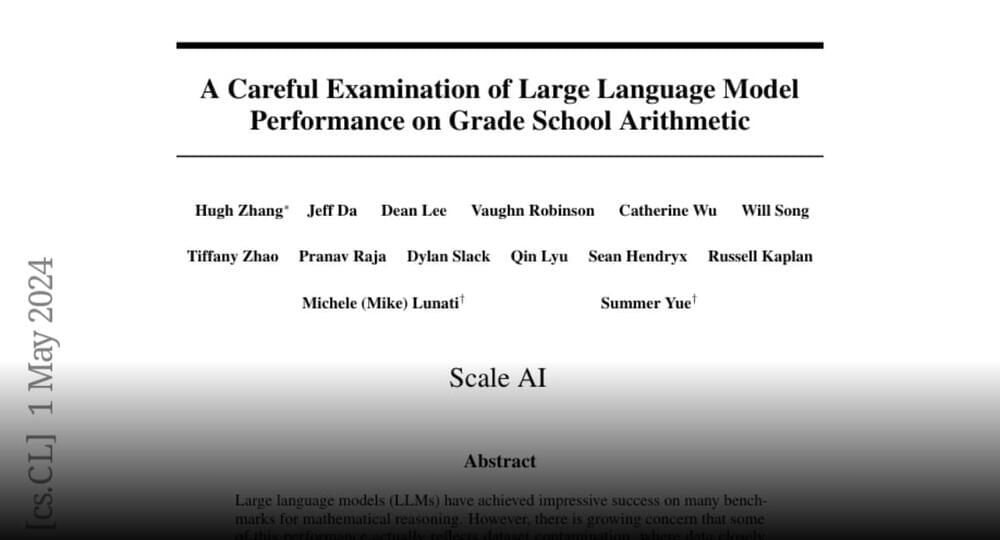
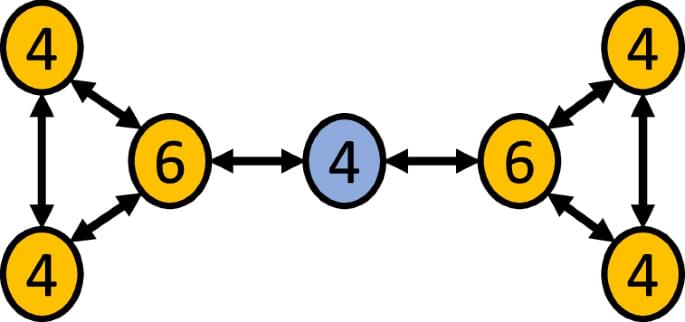
A paper in Nature Communications describes a gene that regulates the structure of social networks in fruit flies, which is named after the actor Kevin Bacon. Read the paper:
The structure of a social network is thought to be heritable in many animals, including humans. Here, Rooke and colleagues identify a gene, which they name “degrees of kevin bacon (dokb)”, that is expressed in the central nervous system of Drosophila melanogaster and regulates the structure of social networks.
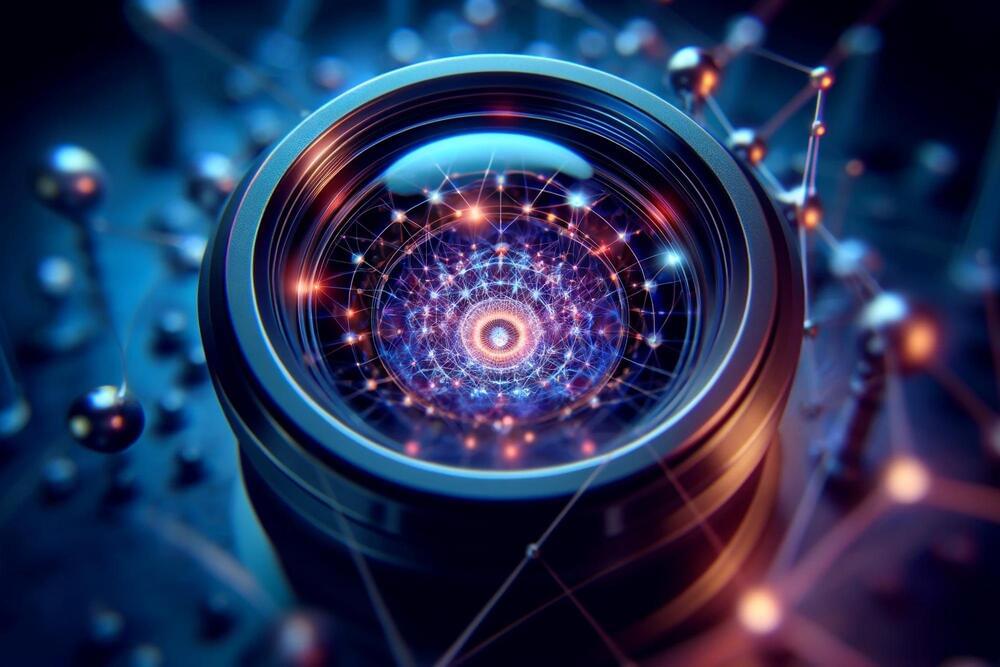
QUIONE, a unique quantum-gas microscope developed by ICFO researchers in Spain, utilizes strontium to simulate complex quantum systems and explore materials at the atomic level. It aims to solve problems beyond current computational capabilities and has already demonstrated phenomena like superfluidity.
Quantum physics needs high-precision sensing techniques to delve deeper into the microscopic properties of materials. From the analog quantum processors that have emerged recently, the so-called quantum-gas microscopes have proven to be powerful tools for understanding quantum systems at the atomic level. These devices produce images of quantum gases with very high resolution: they allow individual atoms to be detected.
Development of QUIONE.

For the first time, research shows that a certain kind of visual illusion, neon color spreading, works on mice. The study is also the first to combine the use of two investigative techniques called electrophysiology and optogenetics to study this illusion. Results from experiments on mice settle a long-standing debate in neuroscience about which levels of neurons within the brain are responsible for the perception of brightness.
Everyday Optical Illusions
We’re all familiar with optical illusions; some are novelties, while some are all around us. Even as you look at the screen in front you, you are being fooled into thinking that you’re seeing the color white. What you’re really seeing is lots of red, green, and blue elements packed so tightly together it gives the impression of being white. Another example is a fast rotating wheel or propeller, which can briefly look like it’s reversing direction while it’s accelerating to full speed.
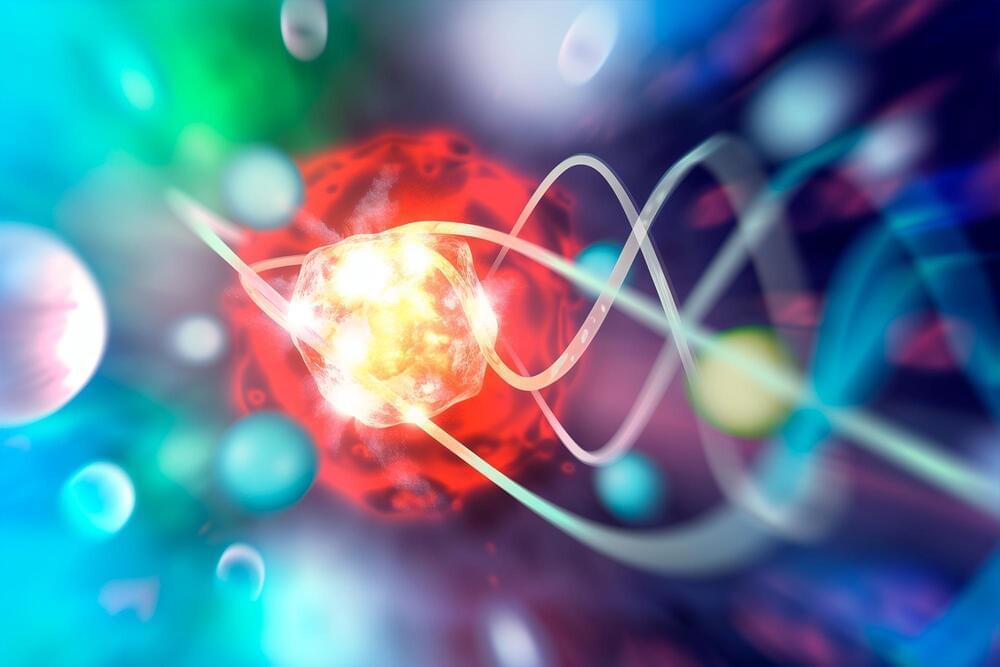
Scientists have introduced a groundbreaking form of quantum entanglement known as frequency-domain photon number-path entanglement. This leap in quantum physics involves an innovative tool called a frequency beam splitter, which has the unique ability to alter the frequency of individual photons with a 50% success rate.
For years, the scientific community has delved into spatial-domain photon number-path entanglement, a key player in the realms of quantum metrology and information science. This concept involves photons arranged in a special pattern, known as NOON states, where they’re either all in one pathway or another, enabling groundbreaking applications like super-resolution imaging that surpasses traditional limits, the enhancement of quantum sensors, and the development of quantum computing algorithms designed for tasks requiring exceptional phase sensitivity.
In a new paper published in Light Science & Application, a team of scientists, led by Professor Heedeuk Shin from Department of Physics, Pohang University of Science and Technology, Korea, have developed an entangled states in the frequency domain, a concept akin to spatial-domain NOON states but with a significant twist: instead of photons being divided between two paths, they’re distributed between two frequencies. This advancement has led to the successful creation of a two-photon NOON state within a single-mode fiber, showcasing an ability to perform two-photon interference with double the resolution of its single-photon counterpart, indicating remarkable stability and potential for future applications.
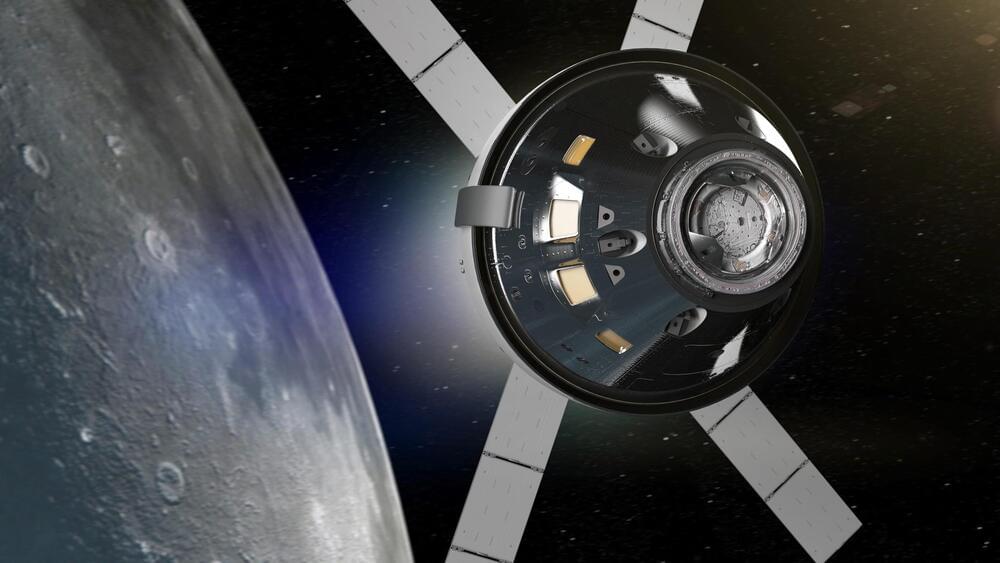
NASA ’s Artemis II mission’s Orion spacecraft underwent successful electromagnetic testing to confirm its readiness for moon missions.
NASA ’s Artemis II mission’s Orion spacecraft underwent successful electromagnetic testing to confirm its readiness for moon missions. On Friday, April 26, engineers completed a series of electromagnetic tests on the integrated Orion crew and service module for NASA’s Artemis II mission inside the Neil A. Armstrong Operations and Checkout (O&C) Building at the agency’s Kennedy Space Center in Florida.
During testing, engineers subjected the spacecraft to electromagnetic energy using wave guides, amplifiers, and antenna horns while inside an altitude chamber.

The novel approach to estimating river water storage and discharge also identifies regions marked by ‘fingerprints’ of intense water use.
A study led by NASA researchers provides new estimates of how much water courses through Earth’s rivers, the rates at which it’s flowing into the ocean, and how much both of those figures have fluctuated over time — crucial information for understanding the planet’s water cycle and managing its freshwater supplies. The results also highlight regions depleted by heavy water use, including the Colorado River basin in the United States, the Amazon basin in South America, and the Orange River basin in southern Africa.
For the study, which was recently published in Nature Geoscience, researchers at NASA’s Jet Propulsion Laboratory in Southern California used a novel methodology that combines stream-gauge measurements with computer models of about 3 million river segments around the world.